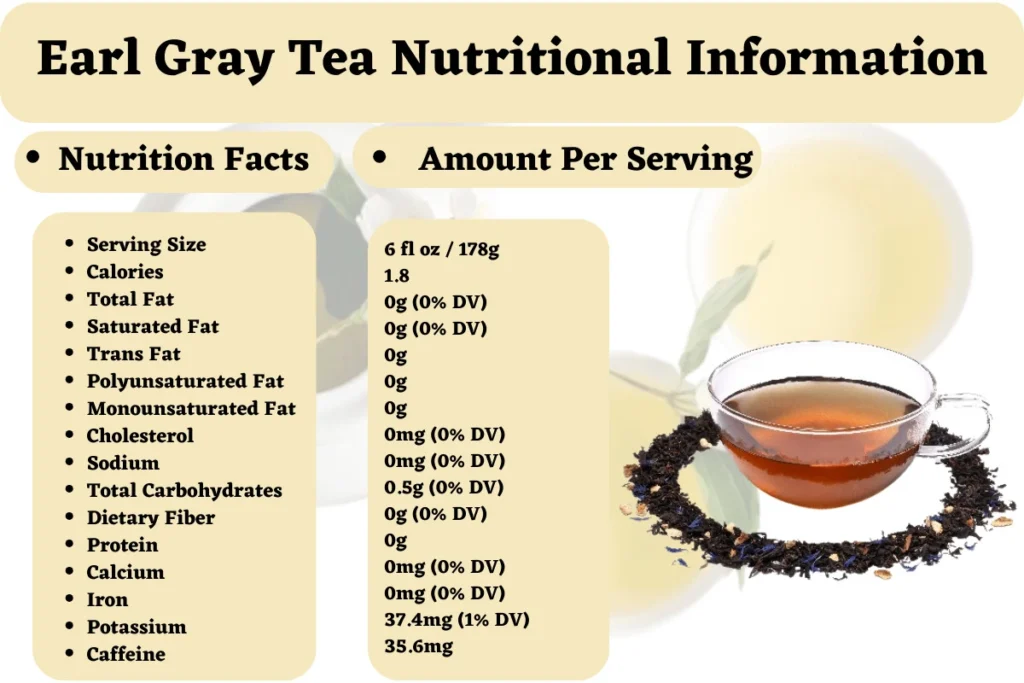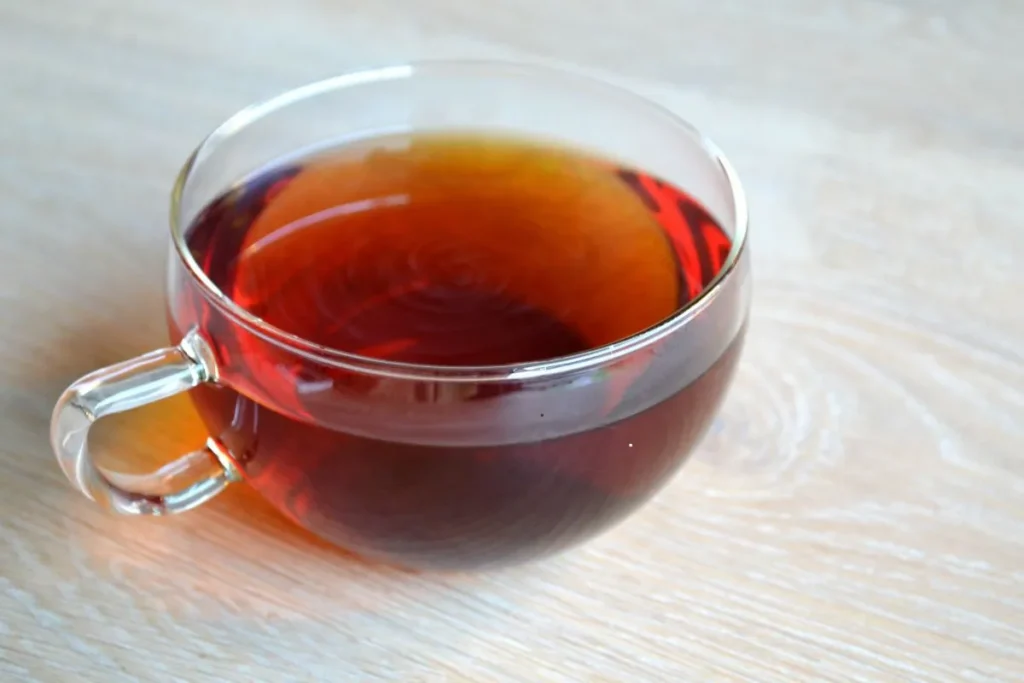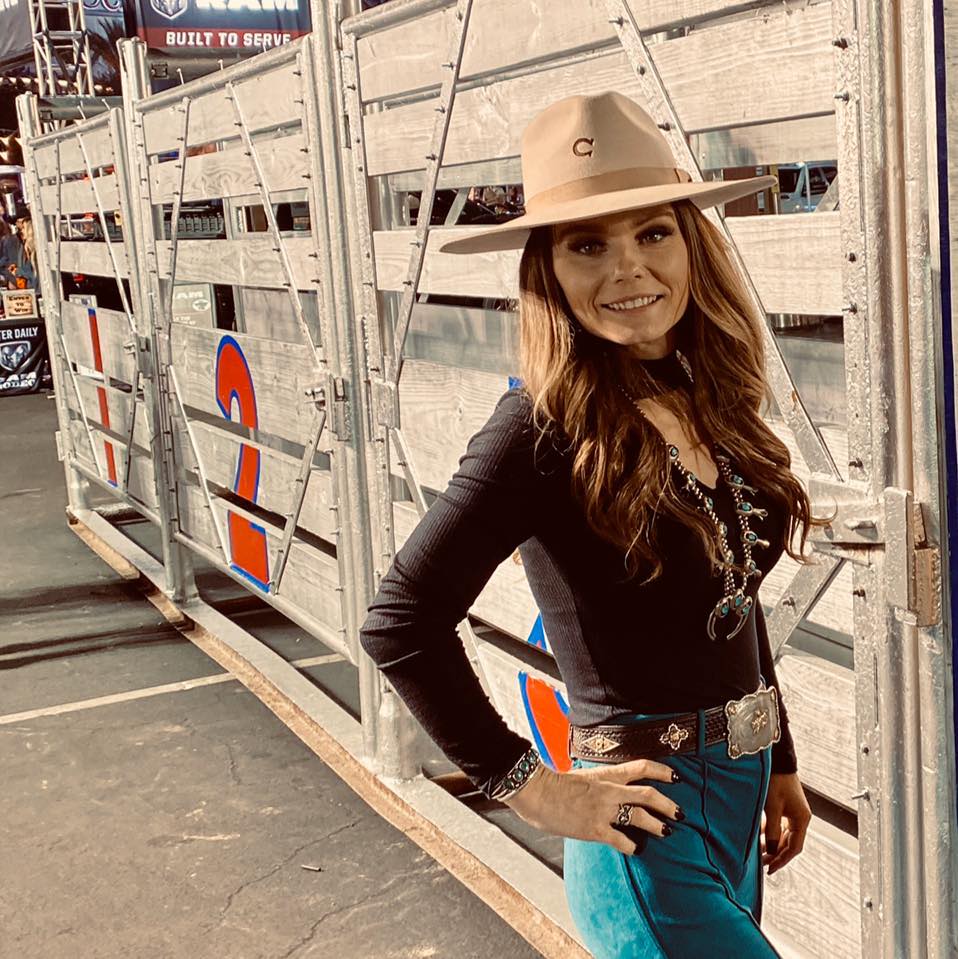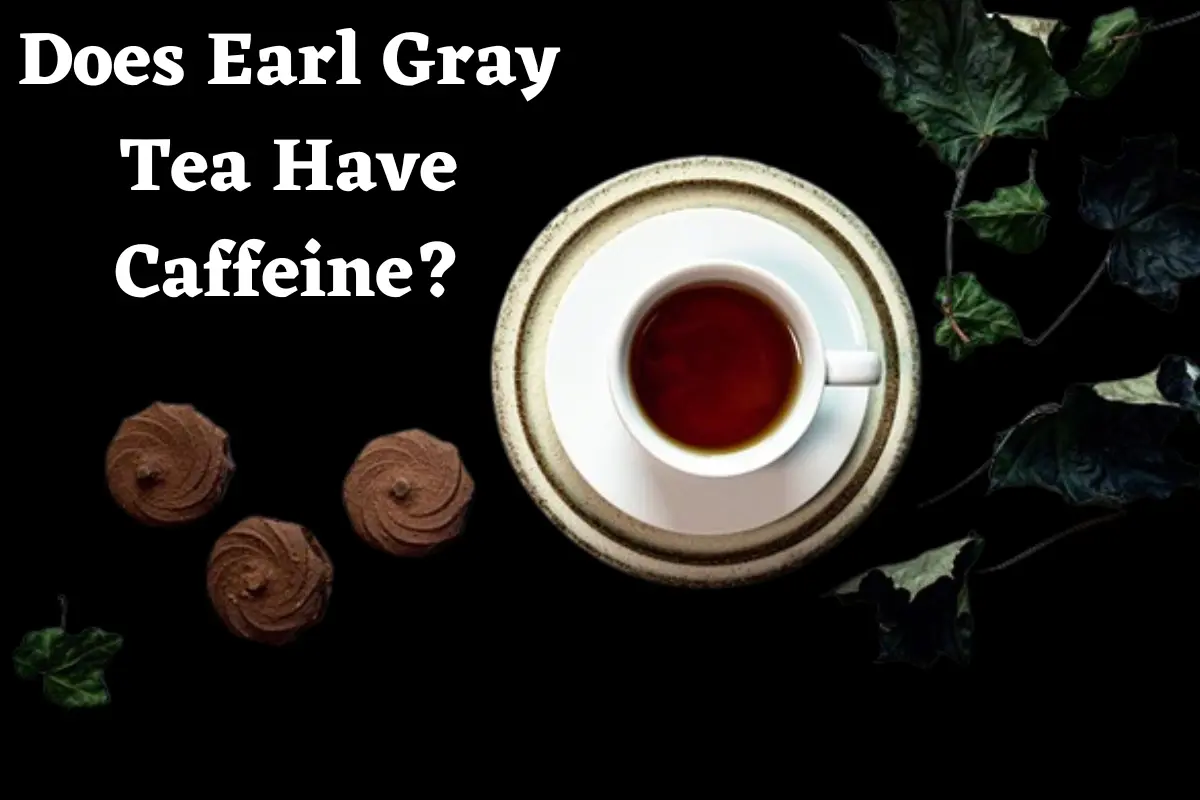Did you know the iconic Earl Grey tea, beloved for its citrusy bergamot flavor, was named after a British Prime Minister? While its origins might be steeped in tales of diplomacy and gifts from China, one thing is certain: Does Earl Gray Tea Have Caffeine? like other black teas, contains caffeine.
If you’re wondering how much caffeine is in your favorite cup and what that means for your energy levels, let’s dive deeper into the world of Earl Grey tea.
Importance of Knowing Caffeine Content in Earl Gray Tea
Earl Grey is a beloved beverage consumed by people all over the world for its unique flavor and potential health benefits. It is made from a black tea blend that is scented with the essential oil extracted from the peel of the bergamot orange, a fruit native to the Calabria region in Italy.
This blend has been enjoyed for over 200 years and is recognized for its aromatic flavor, making it a staple for many tea enthusiasts.
There’s a common misconception that Earl Grey offers a low-caffeine or caffeine-free alternative, which is not always true. While it might offer a gentler caffeine boost compared to coffee, understanding its caffeine content is crucial for those looking to manage their intake.
However, several factors can influence the caffeine content of your cup. These include the type of tea leaves used (black tea naturally has varying caffeine levels), the brewing time (longer steep equals more caffeine), and the addition of other ingredients.
Individuals sensitive to caffeine, those with anxiety disorders, or people with sleep difficulties might want to limit their Earl Grey consumption, especially in the evenings. Pregnant or breastfeeding women should also consult their doctors regarding safe caffeine intake levels.
Despite its caffeine content, Earl Grey tea is also touted for its health benefits. It contains antioxidants from the black tea and bergamot oil that may provide antioxidative and anti-inflammatory properties.
These antioxidants can help reduce oxidative stress, boost the immune system, and may even reduce the risk of heart disease. The presence of bergamot oil is also noted for its potential to reduce stress and anxiety, thanks to its use in aromatherapy.
Does Earl Gray Tea Have Caffeine?
Yes, traditional Earl Grey tea is not caffeine-free. The foundation of classic Earl Grey is black tea, derived from the Camellia sinensis plant. This plant naturally produces caffeine, thus making black tea caffeinated.
Bergamot, the citrus fruit that gives Earl Grey its signature flavor, does not contribute any caffeine to the blend. The caffeine comes exclusively from the black tea leaves.
The primary factors that influence the caffeine content in a cup of Earl Grey tea include:
- Tea Type: All tea variations from the Camellia sinensis plant (black, green, white) contain caffeine. Black tea, the traditional base for Earl Grey, generally has the highest levels.
- Leaf Processing: Oxidized tea leaves (like black tea) tend to release caffeine more quickly. Other processes, like cutting, crushing, or tearing the leaves, can also increase caffeine extraction.
- Steeping Time: The longer you steep the tea, the more caffeine is released into your cup. A typical steep of 3-5 minutes can extract a significant amount of caffeine.
- Water Temperature: Hotter water draws out caffeine more effectively. Always aim for near-boiling water for your Earl Grey to maximize both flavor and caffeine content.
- Amount of Tea: Naturally, using more tea leaves per cup results in a more caffeinated beverage.
While several options aim to replicate the Earl Grey experience without caffeine, it’s important to understand the nuances:
- Decaf Earl Grey: Decaffeination processes remove most of the caffeine from black tea. However, trace amounts (usually around 2-10mg per cup) typically remain.
- Herbal Earl Grey: To truly avoid caffeine, look for blends that utilize rooibos, a naturally caffeine-free South African herb. These blends combine rooibos with bergamot oil to create a flavor profile similar to Earl Grey.
Earl Gray Tea Variants and their Caffeine Content
Here are some common Earl gray tea variants:
Decaffeinated Earl Gray
Decaffeinated Earl gray tea is perfect for those who wish to enjoy the flavor of Earl gray tea without the stimulating effects of caffeine.
Green Earl Gray
Green Earl gray tea is made from green tea leaves instead of black tea leaves. It offers a lighter and more delicate flavor compared to traditional Earl gray tea, with the floral and citrusy notes of bergamot complementing the grassy undertones of green tea.
Earl Gray Cream
Earl gray Cream tea is a creamy and indulgent variant of Earl gray tea. It is often made by blending traditional Earl gray tea with vanilla or creamy flavors, creating a smooth and velvety texture with a hint of sweetness.
Earl Gray Rooibos
Earl gray Rooibos tea is a caffeine-free alternative made from rooibos tea leaves flavored with bergamot oil. It offers a smooth and slightly sweet taste with the citrusy aroma of bergamot, making it an ideal choice for those looking for a caffeine-free option.
Earl Gray with Lavender
Earl gray tea infused with lavender flowers offers a unique and floral twist on the classic flavor profile. A pleasant and calming tea blend that is ideal for winding down is made when bergamot and lavender are combined.
List of Ingredients in Earl Gray Tea
Earl Grey tea is a flavored tea blend that typically consists of the following ingredients:
- Black Tea: The base of Earl Grey tea is usually a blend of black teas, often including Ceylon, Keemun, and Assam varieties. These teas provide the robust, full-bodied flavor and dark color associated with Earl Grey.
- Bergamot Oil: The distinctive flavor of Earl Grey comes from the addition of bergamot oil, which is extracted from the rind of the bergamot orange, a citrus fruit grown primarily in Italy. This oil gives the tea its signature floral, slightly sweet, and citrusy aroma and taste.
Some variations of Earl Grey tea may include additional ingredients:
- Cornflowers: Some blends add cornflower petals for visual appeal and a subtle, sweet floral note.
- Lavender: Occasionally, lavender flowers are added to provide a calming, floral depth to the flavor profile.
- Vanilla: Vanilla-flavored Earl Grey blends have gained popularity, offering a creamy, sweet undertone that complements the bergamot.
- Green Tea: Though less common, some tea producers offer a green tea version of Earl Grey, using green tea leaves as the base instead of black tea.
Earl Gray Tea Nutritional Information

A typical 6-fluid-ounce serving of Earl Grey tea offers a minimal nutritional profile. It contains approximately 1.8 calories and virtually zero fat (saturated, trans, polyunsaturated, and monounsaturated). Similarly, you’ll find no cholesterol, sodium, dietary fiber, or protein.
While Earl Grey includes a negligible amount of carbohydrates (0.5g), it provides no significant source of calcium or iron. However, it does contain a small amount of potassium (37.4mg), contributing about 1% to the daily value. The most notable nutritional aspect of Earl Grey for many is its caffeine content, with a 6-ounce serving offering approximately 35.6mg of caffeine.
| Nutrition Facts | Amount Per Serving |
| Serving Size | 6 fl oz / 178g |
| Calories | 1.8 |
| Total Fat | 0g (0% DV) |
| Saturated Fat | 0g (0% DV) |
| Trans Fat | 0g |
| Polyunsaturated Fat | 0g |
| Monounsaturated Fat | 0g |
| Cholesterol | 0mg (0% DV) |
| Sodium | 0mg (0% DV) |
| Total Carbohydrates | 0.5g (0% DV) |
| Dietary Fiber | 0g (0% DV) |
| Protein | 0g |
| Calcium | 0mg (0% DV) |
| Iron | 0mg (0% DV) |
| Potassium | 37.4mg (1% DV) |
| Caffeine | 35.6mg |
Alternatives to Earl Gray Tea and its Caffeine Content
For those looking for alternatives to Earl Grey tea that vary in flavor and caffeine content, there are several options to consider:
Oolong Tea
Oolong tea is a traditional Chinese tea that falls between green and black tea in terms of oxidation. It is known for its complex and floral flavor profile, making it a distinct departure from Earl Grey’s citrusy notes. Oolong tea has moderate caffeine content, lower than that of black teas like Earl Grey but higher than green tea. It’s typically brewed with slightly below boiling water and served without milk or sugar, emphasizing its natural flavors.
Green Tea
As a lighter alternative, green tea offers a milder flavor with lower caffeine content compared to black teas. It is rich in antioxidants and is known for its health benefits, including boosting metabolism. Green tea provides a different taste experience from Earl Grey with its fresh, vegetal flavors.
Herbal Tea
For those looking to avoid caffeine altogether, herbal teas come in a wide variety of flavors ranging from floral to minty. Popular choices include chamomile, peppermint, and hibiscus, each offering unique health benefits and caffeine-free enjoyment.
Rooibos Tea
Another caffeine-free option, Rooibos, or Red Bush tea, originates from South Africa and offers a slightly sweet and nutty flavor. It’s a great choice for evening consumption when you want to avoid caffeine. Rooibos can serve as a flavorful alternative to Earl Grey without the caffeine kick.
Chai Tea:
For those who prefer a more spiced flavor profile, Chai tea combines black tea with a variety of spices like cinnamon, cardamom, and cloves. It typically contains caffeine due to the black tea base but offers a warm, aromatic alternative to the citrusy flavor of Earl Grey.
White Tea
Known for its delicate flavor, white tea is the least processed of all teas, leading to a lower caffeine content than Earl Grey. It’s characterized by a subtle sweetness and a slight floral taste, offering a serene tea-drinking experience.
Matcha
This vibrant green tea powder from Japan is rich in antioxidants and has a unique, earthy flavor. Matcha contains a comparable level of caffeine to black tea but is also high in L-theanine, which can help create a calm, focused energy without the jitters often associated with high caffeine intake.
Yerba Mate
Popular in South America, yerba mate is a herbal tea known for its energizing effects, attributed to its caffeine content, which can be similar to or slightly higher than that of Earl Grey. It offers a robust, earthy flavor that’s distinct from the citrusy notes of Earl Grey.
Pu-erh Tea
A type of fermented tea from China, pu-erh can vary in caffeine content but generally falls within the range of black teas. It offers a deep, rich flavor with earthy undertones, providing a completely different taste profile from Earl Grey.
Black Tea Blends (other than Earl Grey)
Many black tea blends offer different flavors from Earl Grey, such as English Breakfast or Darjeeling. These teas typically have a caffeine content similar to Earl Grey but provide a variety of flavor profiles, from the robust and malty to the delicate and floral.
| Alternative to Earl Grey Tea | Caffeine Content (per 8-ounce cup) |
| Oolong Tea | Moderate (30-50 mg) |
| Green Tea | Low to Moderate (20-45 mg) |
| Herbal Tea | Caffeine-Free |
| Rooibos Tea | Caffeine-Free |
| Chai Tea | Moderate to High (40-70 mg) |
| White Tea | Low (15-30 mg) |
| Matcha | High (70-80 mg) |
| Yerba Mate | High (70-85 mg) |
| Pu-erh Tea | Moderate to High (30-70 mg) |
| Black Tea Blends (e.g., English Breakfast, Darjeeling) | Moderate to High (40-70 mg) |
Recommended Daily Intake of Earl Gray Tea

A typical 6-ounce serving of Earl Grey tea contains about 35.6 mg of caffeine. Compared to the recommended daily intake (RDI) of 400 mg for healthy adults, this means one cup of Earl Grey provides roughly 8.9% of your daily caffeine allowance.
This suggests you can enjoy multiple cups of Earl Grey throughout the day and still stay within a healthy caffeine consumption range.
However, if you’re sensitive to caffeine, consider opting for decaffeinated or lower-caffeine versions. Remember, individuals with health conditions, or those who are pregnant or breastfeeding, may have stricter caffeine intake guidelines and should consult their doctor for personalized advice.
Conclusion
While Earl Grey tea offers a delightful and sophisticated flavor experience, it does contain caffeine due to its black tea base. The amount of caffeine can vary based on factors like brewing time and the specific blend used.
If you enjoy the taste of Earl Grey but wish to reduce or avoid caffeine, opt for decaffeinated versions or caffeine-free alternatives like Rooibos Earl Grey. As with any caffeinated beverage, it’s essential to be mindful of your consumption and adjust your intake based on your individual needs and sensitivities.
Frequently Asked Questions
Q1: What is special about Earl Grey tea?
Earl Grey tea is known for its unique citrusy flavor, imparted by the addition of bergamot oil. This oil is extracted from the bergamot orange, a bitter citrus fruit with a complex flavor profile reminiscent of orange, lemon, lime, and subtle floral notes. Earl Grey’s distinctive flavor and historical associations add to its appeal.
Q2: Do you put milk in Earl Grey tea?
Whether or not to add milk to Earl Grey tea is entirely a matter of personal preference. Some enjoy it plain to fully experience the bergamot flavor, while others find that a splash of milk rounds out the astringency of the black tea and adds a touch of creaminess.
Q3: Is Earl Grey a morning or night tea?
Earl Grey tea can be enjoyed at any time of day. Its caffeine content makes it a good choice for a morning pick-me-up, while its bright citrus flavor can be equally refreshing in the afternoon or evening. If you’re sensitive to caffeine, however, it may be best to avoid it later in the day.
Q4: What is the proper way to drink Earl Grey?
There’s no single “proper” way to drink Earl Grey. Enjoy it hot, iced, plain, with a touch of sweetener, or a splash of milk and sugar – the best way is the way that brings you the most pleasure!
Q5: Why is it called Earl Grey?
Earl Grey tea gets its name from Charles Grey, the 2nd Earl Grey, who was British Prime Minister from 1830 to 1834. The exact origin story varies, but it’s believed he received the tea as a gift or used it to offset the taste of lime in his water supply.

Rossi Glover, the passionate Owner of Grand Lake Coffee, infuses every cup with her love for coffee and dedication to quality. With an extensive background in the art and science of coffee, Rossi is not just a connoisseur but a storyteller, sharing the intricate tales behind each brew.

